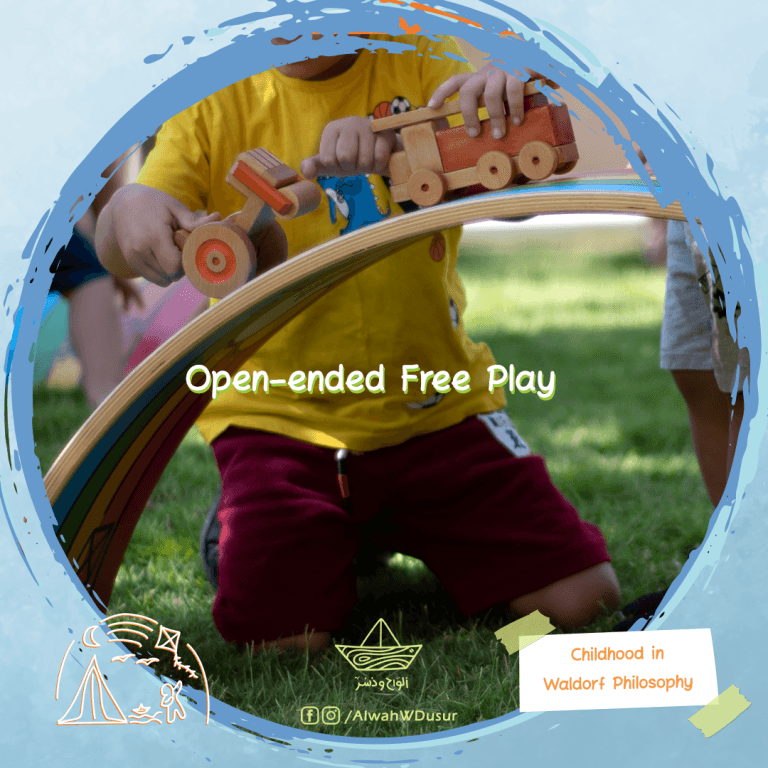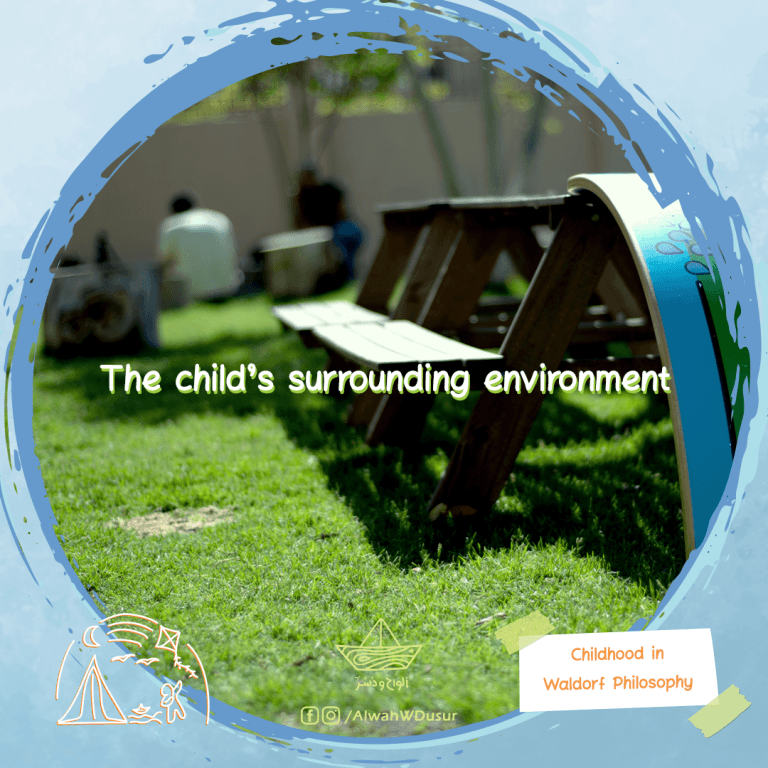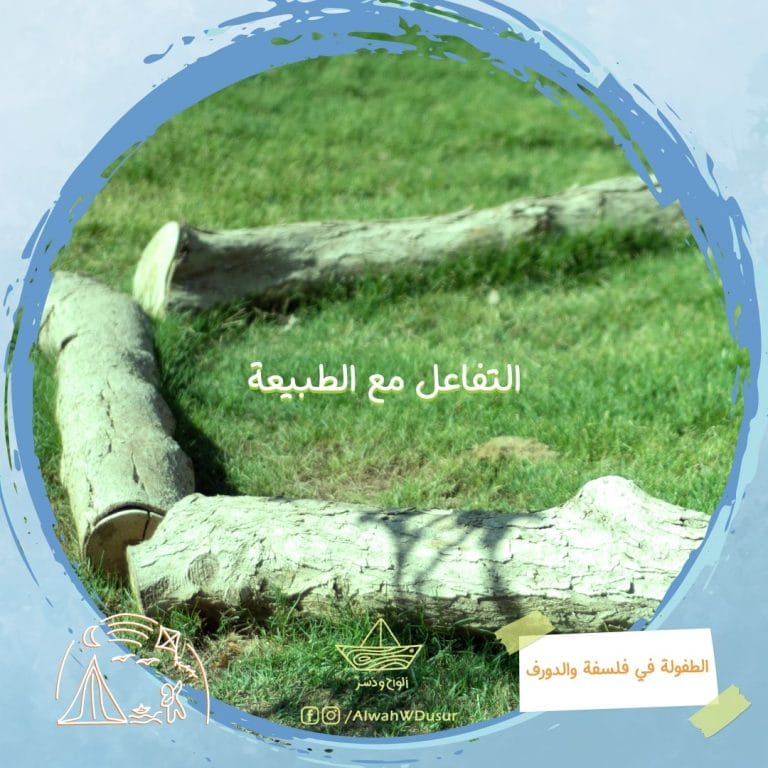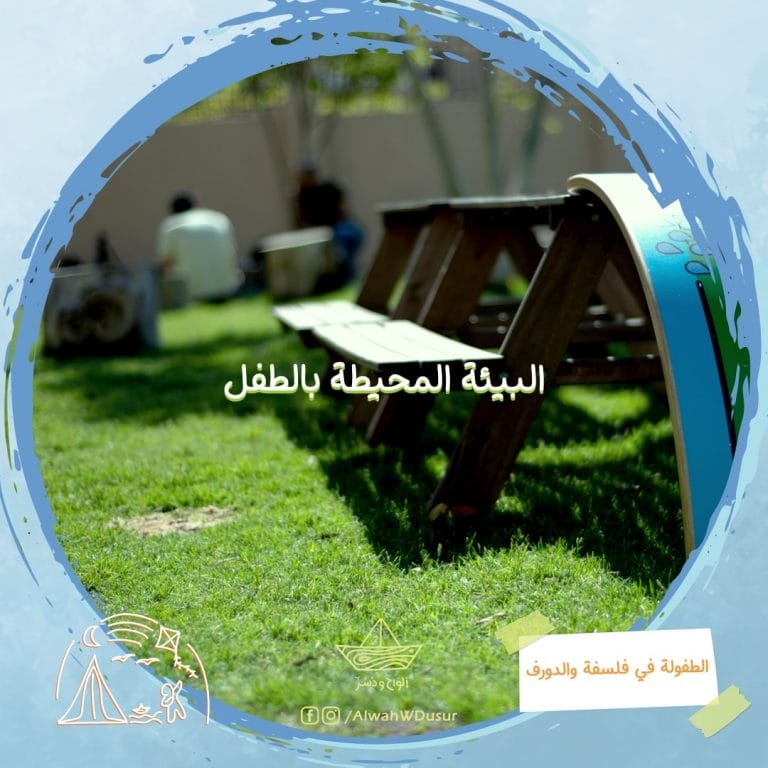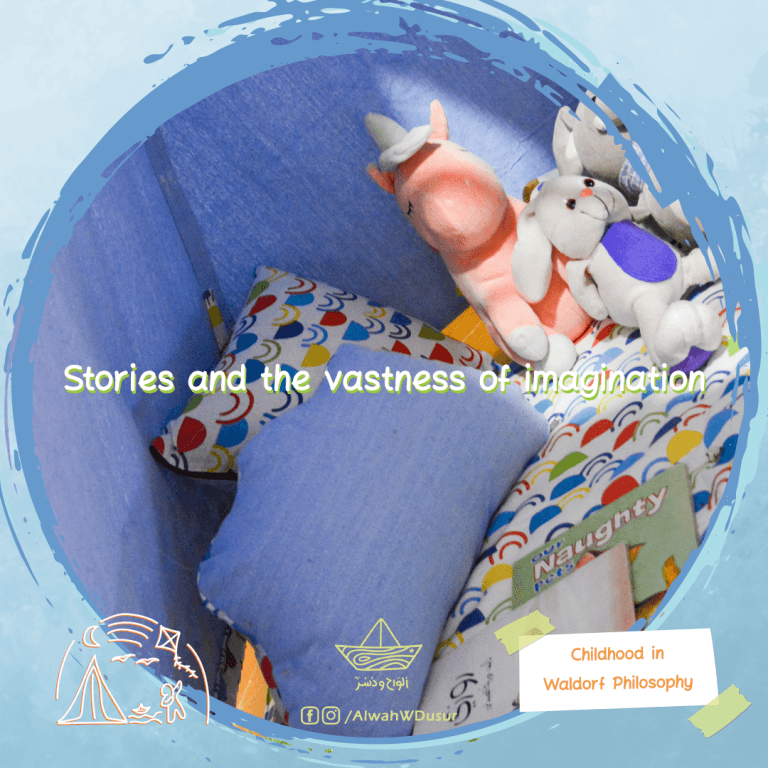Self-expression through art!
[vc_row][vc_column][vc_column_text]
“There is an artist inside every child, the challenge is how do we maintain this artist when he grows up!”
Waldorf philosophy considers art as part of the human being. We all have an artist or different approaches to expressing talent in some way, and it is our duty to raise children with high taste and multiple artistic skills to practice their art and talents freely.
Accordingly, we find painting, drawing, music, singing, sewing, carpentry and spinning among the basics on which Waldorf schools and kindergartens depend, so they don’t deal with arts and academic education in a separate way, but they rather merge them together.
Thus children learn mathematics by drawing shapes and sometimes knitting, they study language and letters by drawing, and so on. That’s why Waldorf philosophy is unique in introducing arts to children.
Here are some of the most famous art types offered to children and other various stages in the Waldorf curriculum:
1- Wet on wet painting
In this activity, Watercolors are well diluted, for example, two drops on a cup of water, and the paper used for coloring is also wet and placed on a wooden board. The children then observe the fluidity of colors and their rapid integration through many activities.
2- felting
Felting is made of natural wool taken from sheep, then cleaned and colored, and it has two types: (with hot water and soap) and (with a needle).
Felting helps to form the story elements of gnomes, animals and different characters, but it’s more popular in cold-weather countries because it’s a material that causes warmth, and it’s beneficial to use it with children, but we can replace it in our country with the art of sewing cotton dolls by the Egyptian cotton or either by using fabrics or padding.
3-drawing with beeswax block crayons
Drawing with this kind of color is one of the basic arts in Waldorf, where philosophy avoids drawing with sharp pencils and tends to draw with block crayons, as it allows children to draw without identifying the drawing first and then coloring it, but rather letting the drawing gradually grow from the inside out.
These colors can be made at home from beeswax, food coloring and silicone molds.
There are also the arts of needlework, spinning, carpentry, and drawing of shapes for older children, and many arts included in philosophy.
Share with us your artwork with your children through comments or messages. ☺️
[/vc_column_text][/vc_column][/vc_row]


